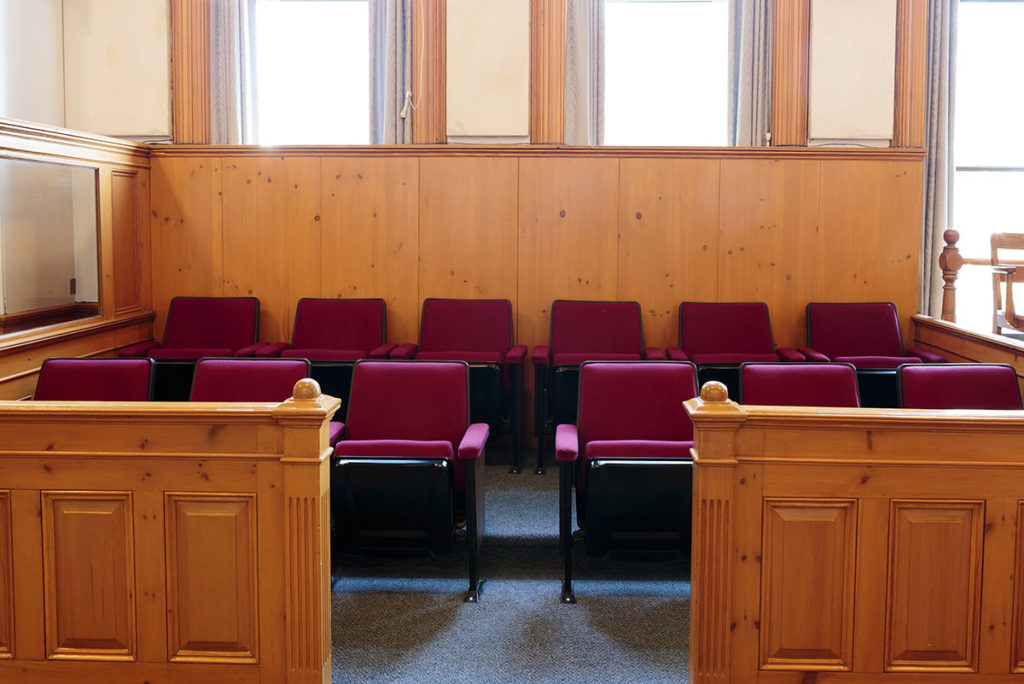Atlanta to Charlotte Bullet Train a Scary Boondoggle in the Making
This Halloween, there is more to fear than ghouls and vampires. A much more insidious creature threatens to strike fear in the hearts of children and adults alike: a joint government plan to waste taxpayer money. The Georgia Department of Transportation and the Federal Railroad Administration have joined forces, forming a kind of infrastructural Frankenstein’s monster, to release a report investigating the feasibility and necessity of a high-speed rail system from Atlanta to Charlotte.
Per the report, a rail system would stimulate the economy, permit travelers to quickly zip between the cities, and benefit the environment — all for the nominal price of up to $15.4 billion. This has understandably raised some eyebrows, but to GDOT’s credit, it is taking public comments on the plan from voters. Even so, the proposed project is a terrible idea on its face if taxpayer dollars are involved.
The price tag alone is giving some sticker shock. The joint report claims that creating such a high-speed rail system would cost no more than $15.4 billion if it follows the path of I-85. But let’s be honest here: If this project is publicly funded and built by the government, it will likely cost far more than estimated at the outset. After all, when is the last time the federal government came in under budget on a megaproject?
If bureaucrats miraculously kept to their budget, this is still an enormous investment, and the federal and Georgia state governments are strapped for cash. The federal deficit sits at nearly $1 trillion, the national debt exceeds $22 trillion, and Georgia is scrambling for ways to reduce agency budgets by 4 percent this year and 6 percent by next year. The bottom line is that government officials cannot justify this spending unless it is absolutely imperative.
So what would Georgians get for this massive investment? Depending on the track placement, the corridor could traverse a distance of around 280 miles, and customers could expect the ride to take around two hours. While it is too early to determine the service’s consumer costs, the train ride between Washington, D.C. and New York City is relatively similar in distance and can provide some insight. According to the travel site Wanderu, “The average price of the Acela for [the DC to New York City] route is $202.90, whereas a Northeast Regional train ticket averages $105.14.”
Compare this to nonstop airfare from Charlotte to Atlanta that can cost around $236 and take scarcely an hour of air time. The proposed Atlanta/Charlotte rail system will certainly be a slower mode of transportation than flying. And while it may have a marginal cost advantage over airfare, this could be largely negated when factoring in the billions of dollars needed to complete the construction project.
Even if flying isn’t your preference, there are other travel options to and from Charlotte. You can still get there by driving or taking a Greyhound, which takes about 3 hours and 45 minutes, or 4 hours and 15 minutes, respectively. Put simply, as it stands, there’s no shortage of ways to travel between Charlotte and Atlanta.
Of course, these realities never deter central planners. Similar projects have been attempted elsewhere, and the results portend this project’s failure. California tried to build the so-called bullet train from San Francisco to Los Angeles. Like the Atlanta-to-Charlotte proposal, this was heralded as a panacea to many woes, but as The Los Angeles Times pointed out, “Ten years after voters approved it, the project is $44 billion over budget and 13 years behind schedule.” California ultimately abandoned hopes on the project — at least for the time being.
The truth is that there is nothing wrong with rail; it is a fine mode of transportation. But is it necessary and worth public investment when there are few impediments to travel between Atlanta and Charlotte? The answer is an emphatic “no.”
Still, rail can serve Americans in many ways, but it needs to be implemented properly and funded without taxpayer dollars. Should a private company find it viable to build a new high-speed rail line where the risk of failure is borne by investors, there is a case for doing so, but there is no reason to force taxpayers to foot the bill.
In the end, GDOT’s and FRA’s proposal is the worst kind of Halloween surprise. The government is offering Georgians a tasty treat, but in the end, they just want to trick voters into bankrolling a wasteful boondoggle.
Image credit: hxdyl








